by Anna Cooke
There’s a Trojan Horse rolling into the Tampa Bay Area. Who’s being used to hide behind whom is yet to be determined. Being open-minded and having frank discussions on out-of-the-box ideas and strategies are good tools to have in the animal shelter world.
The SPCA Tampa Bay is about to launch For All Dogs, a pilot program that involves a partnership with Sunshine Puppies (a retail store that sells puppies in the Tampa Bay Area) and Pinnacle Pet (one of the largest brokers of puppies in the country). In fact, after a year of discussions between the three entities, the partnership has already essentially been consummated. Earlier, this year, several retired breeder dogs were imported from commercial breeding enterprises (CBEs) in the Midwest to the SPCA Tampa Bay for adoption purposes.
Not everyone wants to adopt a shelter dog. Some people want a specific breed, others want a puppy. When that’s the case, through the partnership’s program, SPCA Tampa Bay will direct shelter visitors to Sunshine Puppies to purchase a puppy. In turn, Sunshine Puppies is planning to place kiosks in their two Pinellas County store locations that will feature the adoptable dogs at the SPCA Tampa Bay.
The partnership came about after the Pinellas County Commission voted to prohibit any new stores from selling puppies and kittens in June, 2022. The commission did not grant animal advocates’ pleas to shutter the six existing stores currently selling puppies in the county. Sunshine Puppies is one of the businesses grandfathered in.
CBEs, more commonly known as puppy mills, engage in systematic neglect and abuse of animals, leaving severe emotional and physical scars on the victims. One in four former breeding dogs have significant health problems, are more likely to suffer from aggression, and are psychologically and emotionally shut down, compulsively staring at nothing.
Quite a few of the CBEs that supply Sunshine Puppies with puppies have had multiple USDA and state violations including: Cedar Ridge Kennels in Neodesha, Kansas (the owners could not locate the last recorded date for annual heartworm and fecal float testing for 236 dogs. In 2018, the owners surrendered more than 140 dogs to a shelter, many of whom were either ill or near death); Shady Grove Kennels in Kansas (62 adult dogs, 42 puppies; build up of dried dirt and feces on the raised dog crates); Sean’s Puppies in Missouri (breeding dogs and selling puppies without the required state license); Puppy Travelers in Missouri (multiple violations including 24 puppies seized from a Puppy Travelers transport vehicle outside a Petland store in Florida in 2018. The puppies were found with “urine, feces, and no water” in their cages. Many of the puppies were sick.)
Pinnacle Pet is connected to Puppy Travelers as a combination puppy broker/transporter. They are under the legal business name Sobrad, LLC and are associated with a number of different names, including Bateman Diversified and Northeast Transit, all listed under the same Neosho, Missouri address. Sobrad, LLC was cited by the USDA in 2015 for an incident involving puppies overheating on a transport vehicle. Nine puppies died.
Why would a shelter – in a geographic area of Florida where the municipal shelters are almost always at-capacity, in a state that is number four in the United States with the highest euthanasia numbers of healthy adoptable dogs – want to align themselves with entities known to be associated with the puppy mill business? Is it good business, or just good PR?
Martha Boden, CEO of the SPCA Tampa Bay, has spoken in front of city and county commissioners against the retail sales of puppies and kittens over the last 10 years. In 2022, after the Pinellas County Commission voted to prohibit any new stores from selling dogs and cats, Boden was quoted in a Tampa Bay Times article, noting that the abuse at large-scale breeding operations is well-documented and that retail stores help prop up that industry. “In fact these businesses are helping to create the demand for mass-produced puppies by misrepresenting what has happened to those animals, their parents and their siblings before they even arrived at the store,” Boden said in the Times’ article.
Why the change of heart?
The answers were presented to The New Barker during a three-hour meeting recently with Martha Boden; Dan Cohn, the owner of Sunshine Puppies; Chris Fleming, the co-owner of Pinnacle Pet; and Missy Hurley of B2 Communications, the PR firm for the SPCA Tampa Bay. The following numbered points were discussed during the meeting to help justify the pilot program, For All Dogs, and the partnership between the three entities. My responses, for the purposes of this article, are in bold.
1) Florida will never pass statewide legislation to stop the sale of puppies and kittens in retail stores. “It just won’t happen,” said Boden. “For 20 years the animal advocates and puppy retail store owners have been on opposite sides, fighting. And the only ones suffering are the dogs. It’s time we work together to affect change – to really make a difference.” This was a combined quote between Cohn and Boden.
From the Editor: 10 years ago the industry would have said no state was going to ban the sale of puppies in pet stores. Now, seven have. There is no long term future in this puppy selling pet store business model. They’ve lost several of the biggest states in the nation and more are to come. Animal advocates are continuing to make a huge impact on puppy mills.
In January 2022, a bill was introduced in Florida, misleadingly presented as an animal protection bill. Florida House Bill 849/Senate Bill 994 contained meaningless regulations that would not protect animals, but would prevent local governments from enacting future ordinances to prevent the sale of puppies in their communities’ stores. The lobbyist who fought for the bills was funded, in large part, by Luis Marquez, president of Petland Florida and Petland Texas. The bill did not pass, thanks to a groundswell of support from animal advocates alerting their Representatives.
Prompted by community interest in shutting down the puppy mill pipeline, cities and counties across the country have adopted local laws to end the sale of dogs and cats in stores. Profitable and successful pet stores in the U.S. do not have to sell dogs and cats, and people are taking notice. More than 80 municipalities in Florida have passed ordinances banning the retail sale of puppies, kittens, dogs, and cats in pet stores.
Michigan just passed legislation to ban the retail sale of commercially-bred animals in pet stores, to take effect in 2025. The Oregon Legislature voted in August 2023 to stop any additional pet stores in the state from selling puppies or kittens and phase out these sales in existing stores. The state of Washington passed a similar law in 2021. Illinois and New York in 2022. Maryland in 2020. California enacted a similar law in 2017. Louisville, Kentucky just passed an ordinance to ban the sale of dogs and cats in pet stores and outdoor spaces like flea markets.
The passages of these laws nationwide have decreased the number of USDA licensed puppy mills by 1/3 with an average number of 87 adult dogs per kennel in 2012 and 57 in 2022. Nebraska Department of Agriculture records show that half of the state’s commercial dog and cat breeders have left the business.
2) Last year 9 million dogs were acquired by people. Of that number, less than 5% were purchased from a pet retail store. The numbers are so low that there is no way bringing in two or three dogs every so often through this chain will affect pet adoptions at SPCA Tampa Bay and Pinellas County Animal Services. Adoptions are still the number one way people acquire dogs.
3) Give the community what it wants and give them options. Through the partnership’s program, people can opt to purchase a purebred puppy or adopt a purebred retired breeder dog or imperfect puppy. People will now be able say, without shame or guilt, that they adopted their purebred puppy from the SPCA Tampa Bay. “It’s a shame that people who purchase dogs feel guilty they didn’t adopt the dog,” said Fleming. “We’d like to help change that perception through this pilot program.”
Added Boden, “Nothing against the block-headed dogs, we love them just as much as anyone else. But bringing in dogs and puppies like Pomeranians, ShihTzus – you know – the dogs that the public really wants to adopt, will help bring more people to our shelter, and really that’s what it’s all about, isn’t it?”
From the Editor: Actually, no it’s not what it’s all about. The underlying mission statement of private shelters is to protect the animals. Giving the public what you believe they want with options makes you a retail store.
4) The results of a recent study conducted by Purdue University are the basis for a nationwide certification program that establishes “rigorous standards for breeders.” Canine Care Certified will be a “blue ribbon standard” for the CBEs currently working with Pinnacle Pet, who has invited them all to participate. It is not a requirement, merely a suggestion from Pinnacle Pet. For a nominal annual fee, an independent contractor will inspect the CBE’s facility to make sure they are in compliance with the Purdue University checklist in order to receive the Canine Care Certification. Retail stores, like Sunshine Puppies, will then be able to market that their puppies come from breeders who have been Canine Care Certified – much like most retail stores have already been doing with the USDA.
From the Editor: When it comes to inspecting puppy mills, the USDA standards are pretty low, so efforts to raise the bar aren’t going to put a strain on the way a CBE runs its business.
5) Pinnacle Pet, the puppy broker, created A Dog’s Dream, a 501(c)(3), to take in the retired breeder dogs and imperfect puppies, then transport them to SPCA Tampa Bay. The dogs will be transported across country in the same vehicles used to transport puppies to retail stores for inventory. Pinnacle Pet will be reimbursing the breeder for the cost of vaccines and standard veterinary care for a puppy. The breeders will not be compensated for turning over the retired breeder dogs to Pinnacle for adoption purposes. As per the SPCA Tampa Bay’s longstanding protocol, no special treatment will be given to the dogs and puppies that come in through A Dog’s Dream. In other words, their adoptability will not supplant the existing dogs in the shelter available for adoption. To date, only retired breeder dogs have been transported to the SPCA Tampa Bay for adoption.
From the Editor: Regarding transporting the dogs to SPCA Tampa Bay in the same vehicles that ship puppies to pet stores. The CDC said there are sanitation problems at every link of the chain in the commercial pet breeding industry. That is why pet store puppies are often sick.
6) Currently, through the partnership, Sunshine Puppies is working with the SPCA Tampa Bay medical staff. SPCA Tampa Bay veterinarians visit Sunshine Puppies once a week to perform exams on the puppies. Any sick puppies are transported to SPCA Tampa Bay’s medical facilities to be treated. Regarding the kiosks Cohn wants to place in his stores, he said that some people who visit his stores may not be able to afford the price of the puppies in his inventory. Additionally, he said he has had people visiting who have asked about the availability of adoptable dogs.
From the Editor: In the meeting, it felt as if the overall consensus for animal sheltering was “if you can’t beat ‘em, join ‘em.” This felt similar to the initiative presented during the 2022 Humane Society of the United States (HSUS) national conference in Orlando. One of the conference’s speakers presented reasons for why shelters should consider either breeding their own puppies and/or at least working with breeders to supply puppies in their shelters. The idea was tabled, at least for the time being, after the information became public, and the rescue community and animal advocates became vocal against the movement.
Shelters – municipal or private – have no business getting into breeding dogs. For that matter, neither do rescue groups.
7) Boden and staff flew out to Missouri to several CBE facilities with Pinnacle Pet. “The facilities were beautiful,” said Boden. “And we learned that they run their kennels very similar to the way we run our shelter.”
From the Editor: Was this the best use of shelter funds? Didn’t anyone on the board question this? The SPCA Tampa Bay has capable staff and a budget to develop and create marketing campaigns to showcase its adoptable dogs and programs. They can continue to think outside the box with programs that partner with municipal shelters and rescue groups. And, if there comes a time that there are no more shelter dogs to adopt, then they should be prepared to have programs in place that will ensure families stay together.
In this regard, why did the SPCA Tampa Bay recently opt out of Pinellas County Animal Services low cost spay/neuter program? It was because they felt it was costing them too much money and interfered with their paying clients. The voucher program is an important and much-needed community service that includes a partnership with Friends of Strays, Humane Society of Pinellas and Pet Pal Animal Shelter.
Again, where are the board members on this initiative with Sunshine Puppies and Pinnacle Pet? It is somewhat understandable why employees and volunteers aren’t speaking up. The culture at many shelters has been “if you aren’t with us you’re against us.” Those who work and volunteer at shelters are being fired for saying something that doesn’t sit well with the administrative staff. Even board members are afraid to speak up for fear of being booted off the board.
If this program rolls out, don’t be fooled by the way it is presented. The facts will be twisted in their favor. Don’t believe for a minute that the efforts animal advocates have made over the last 10 years at the legislative level aren’t making a difference. Don’t believe that it will only be two or three dogs, every once in awhile, and that municipal shelters like Pinellas County Animal Services won’t be affected. If no one speaks up against this initiative, it will become multiple dogs being imported from puppy mills. Once this pipeline is opened, how much damage will be done before it’s closed?
A private shelter like the SPCA Tampa Bay is a business that can run its operations as it wants. It relies on the support and donations from the community and corporate business partners. Do you think this initiative and the shelter’s beliefs behind it align with yours? To effect change, the community must speak up. Ask questions. Put your thoughts and concerns in writing. And this is not conjecture. Pinellas County government is complicit with all of this, looking the other way, and allowing the importation of puppies sourced from puppy mills.
SPCA Tampa Bay, there are so many other opportunities in our community with which to form partnerships that would better benefit animal welfare.
Additional Facts: In August, nearly 270 at-risk dogs and cats were taken out of over-crowded Florida shelters and flown to shelters in New Jersey and New Hampshire. *Clear the Shelters and Greater Good Charities. Why are we importing any dogs from anywhere when this state is over-capacity? Outside of a natural disaster or emergency to assist neighboring states, we should be taking care of the animals on our own turf. While huge strides are being made to clear our Florida shelters, others are importing dogs from other states and countries.
Options? The community already has options. Here is an example: In June, Florida Little Dog Rescue in Osceola County was looking for foster homes for 14 Doodle puppies they obtained from Florida breeders from four different litters. The 14 puppies did not sell and the breeders did not want them, and that gets expensive for the breeder. “When you sell a puppy in the state of Florida, the law requires that you have to provide a health certificate,” said Laurie Johnson, director of Florida Little Dog Rescue. “Every four weeks in the state of Florida, you have to go and get that health certificate renewed if you’re selling puppies. So, if the puppies don’t sell immediately, it mean repeated trips back to the vet and that isn’t financially profitable for the breeder.”
In November 2021, the ASPCA assisted with the rescue of more than 500 hundred dogs from a U.S. Department of Agriculture (USDA)-licensed commercial dog breeding facility in Iowa. Breeder Daniel Gingerich was licensed by the USDA in 2019, but the agency didn’t inspect his facility until 2021. When the USDA finally did the inspection, they found many animals suffering: dogs hidden from inspectors, ongoing disease outbreaks like parvovirus and distemper, heat distress, lack of water and food, dead and dying dogs–over 200 violation of the Animal Welfare Act in total. Documents filed with the state of Florida show that nearly 40% of Florida’s puppy-selling stores imported dogs from Gingerich’s puppy mill in Iowa.

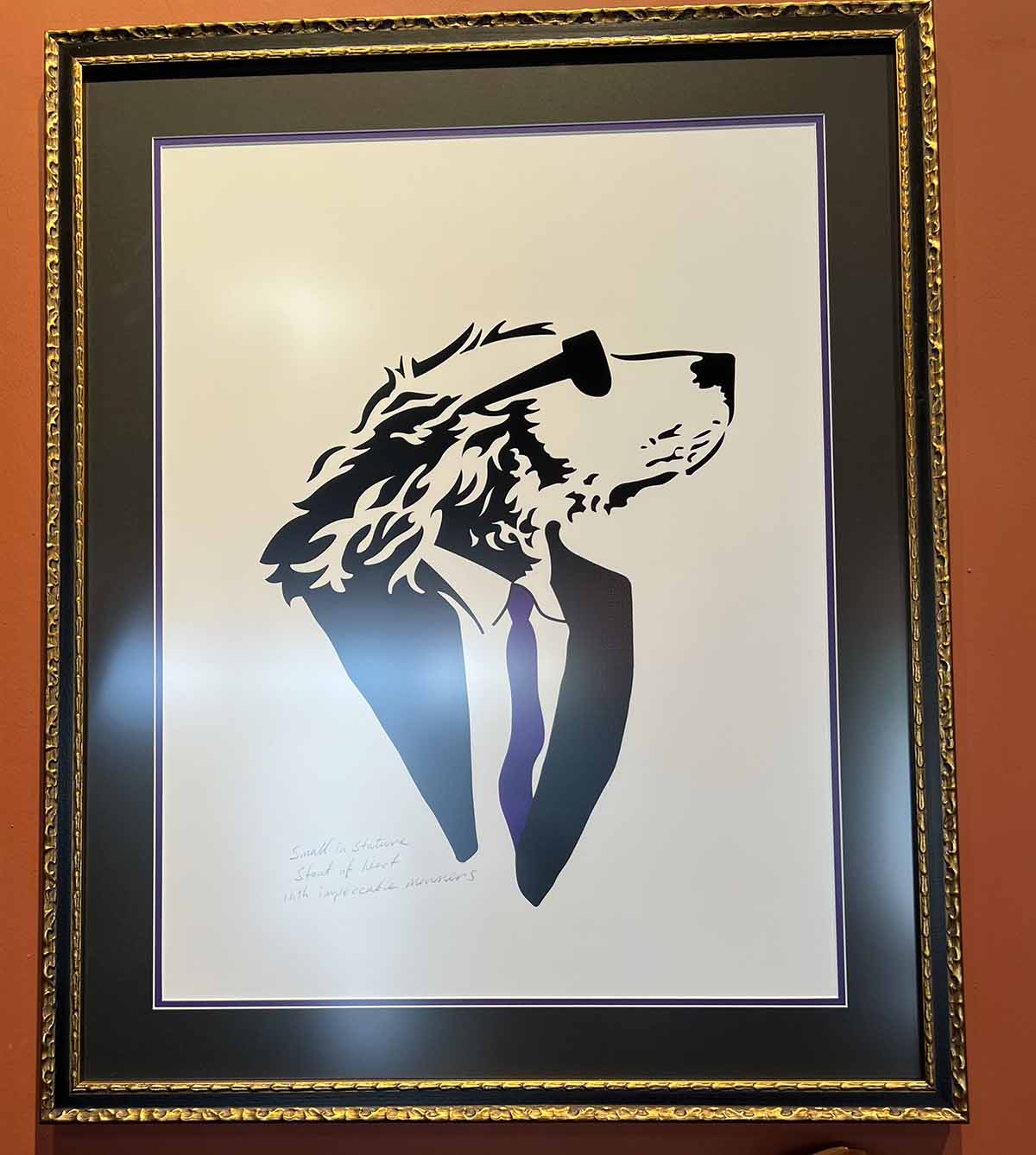
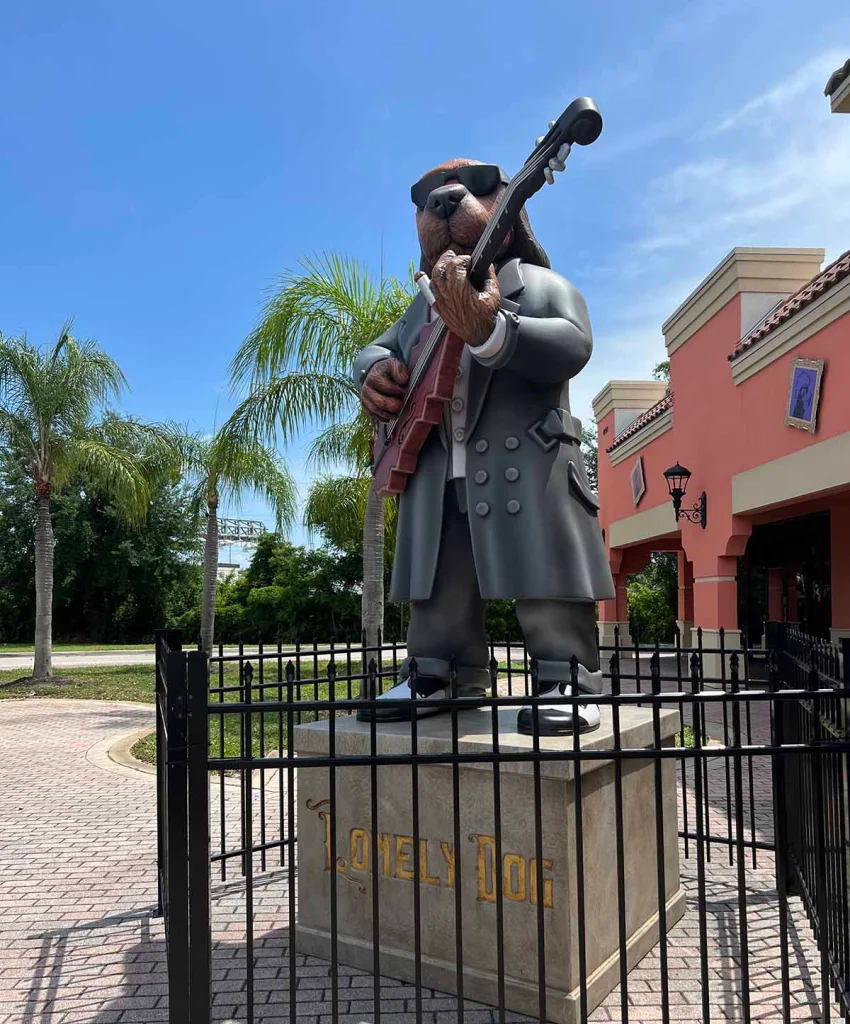
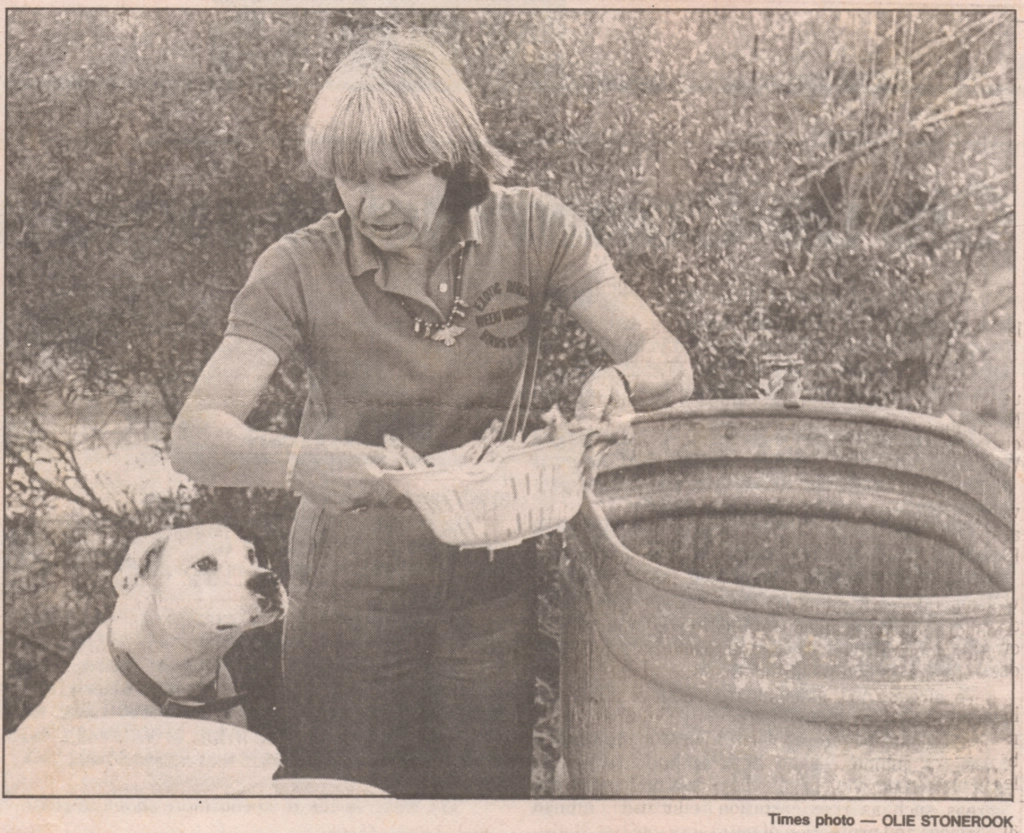
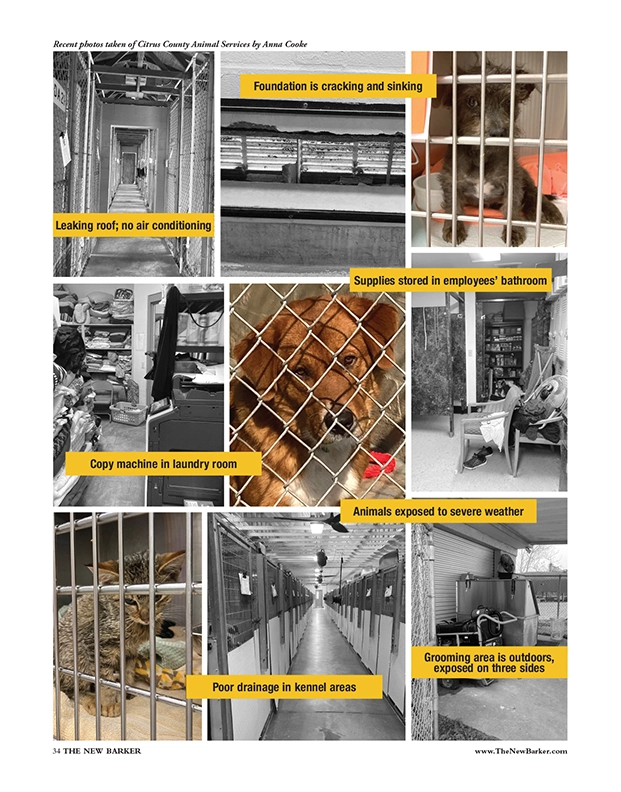
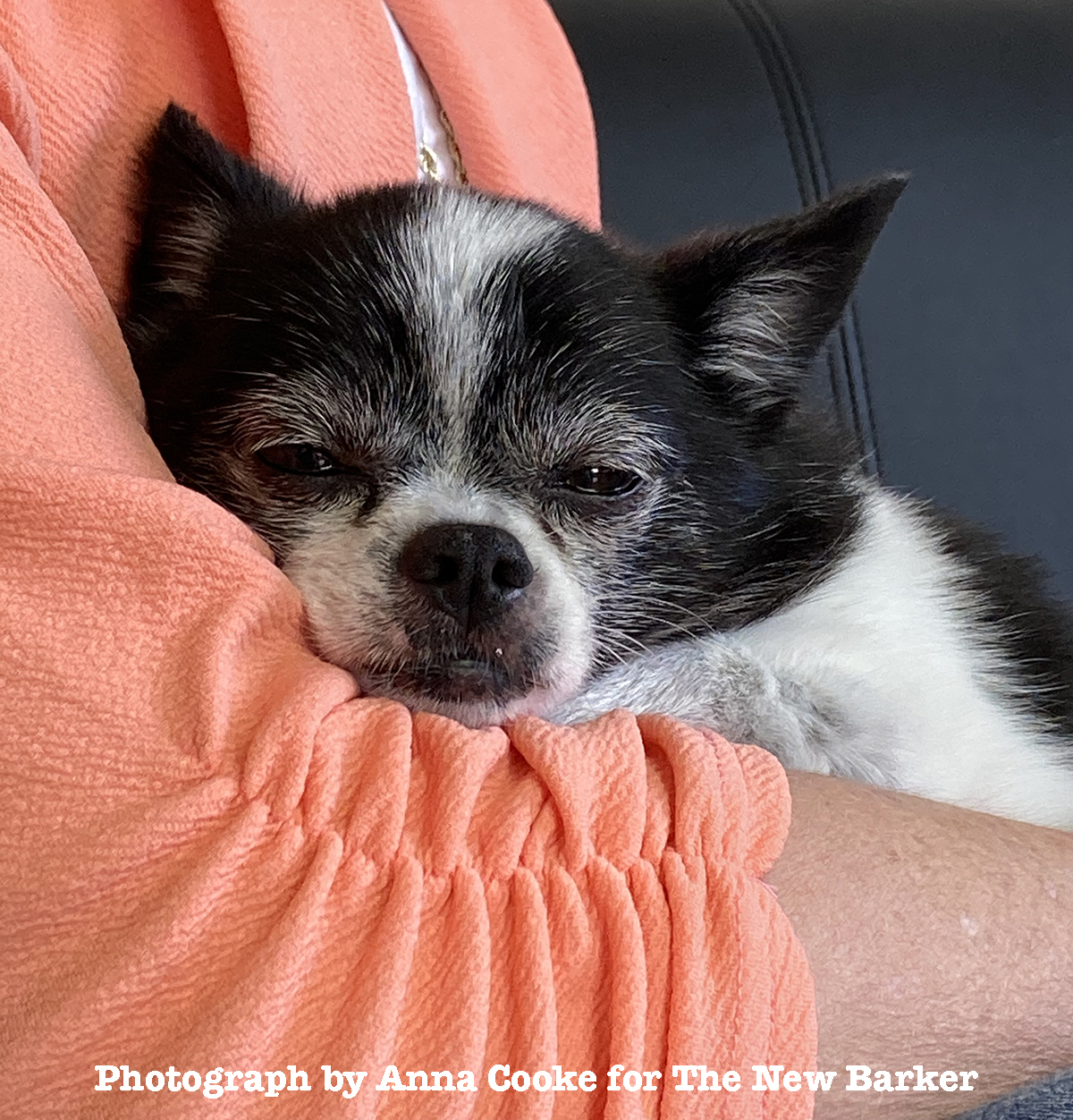
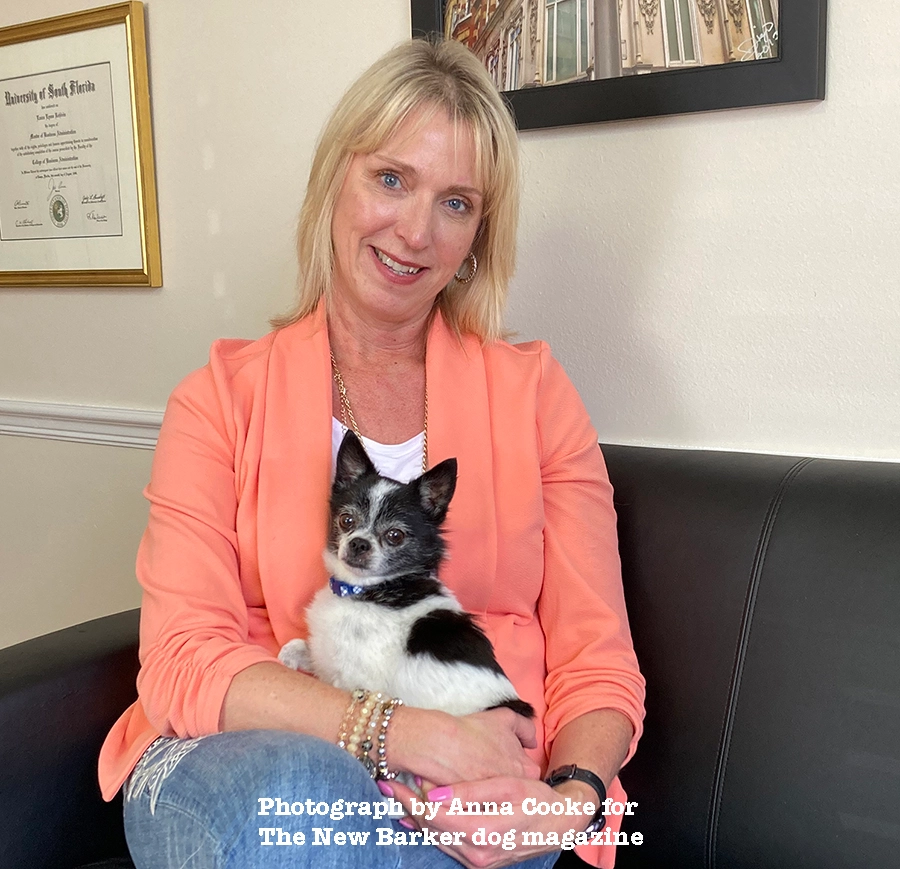
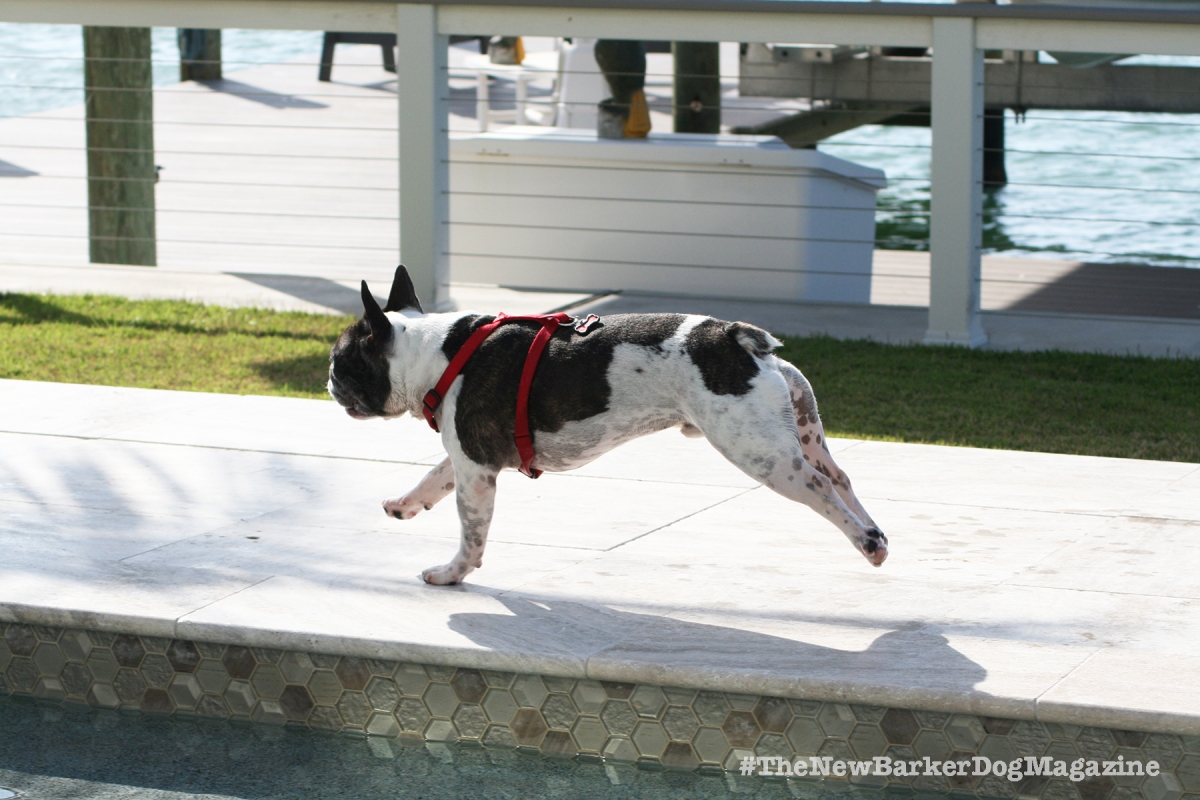
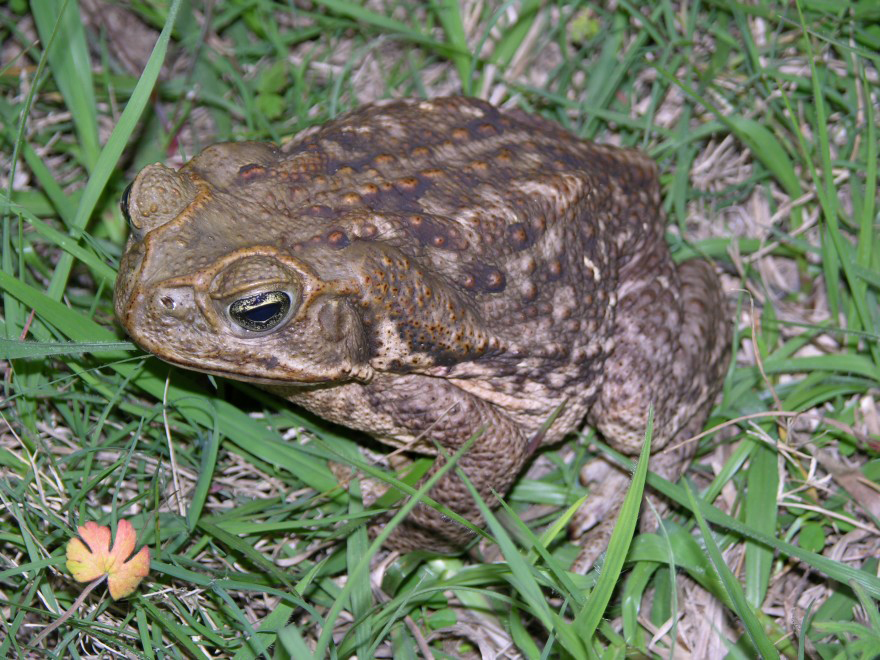
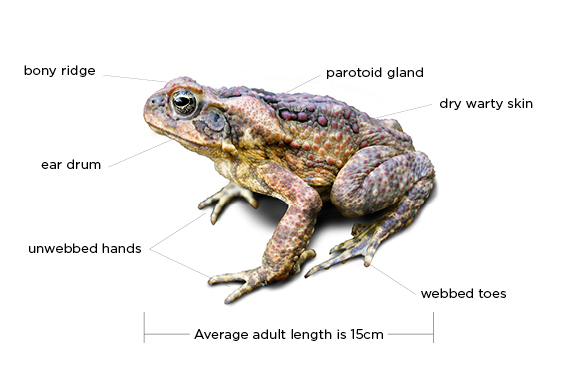
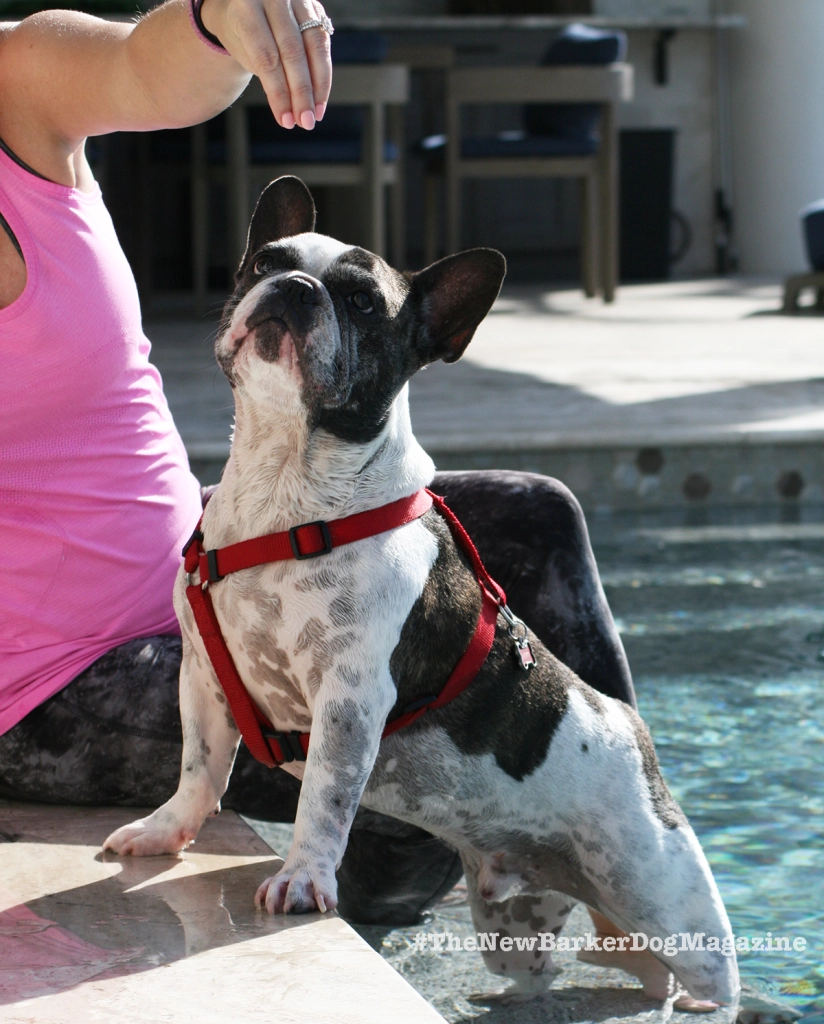

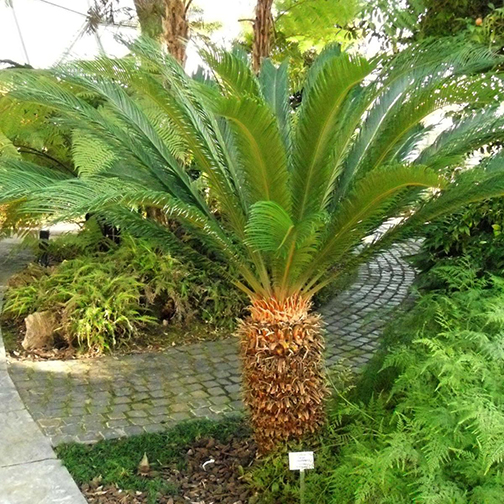

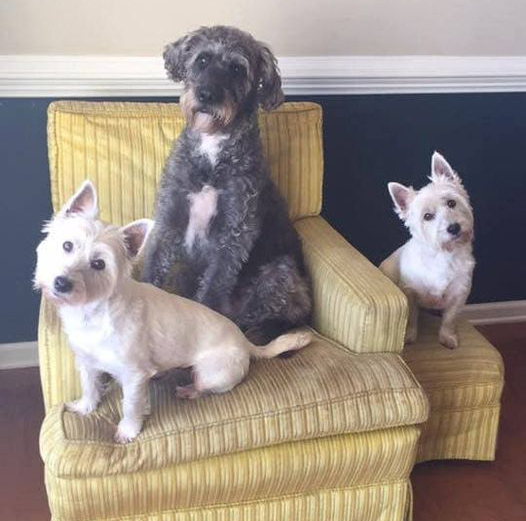
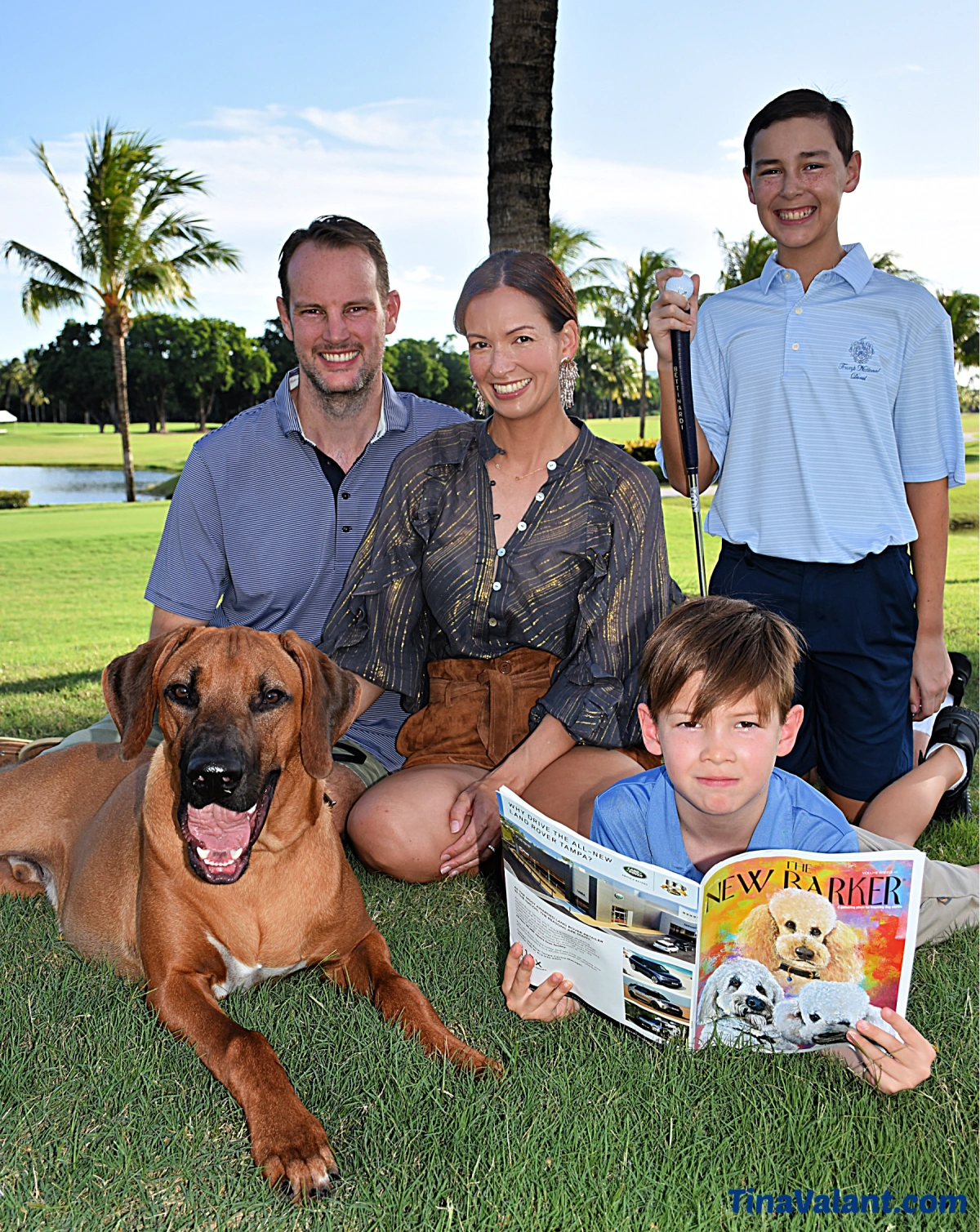

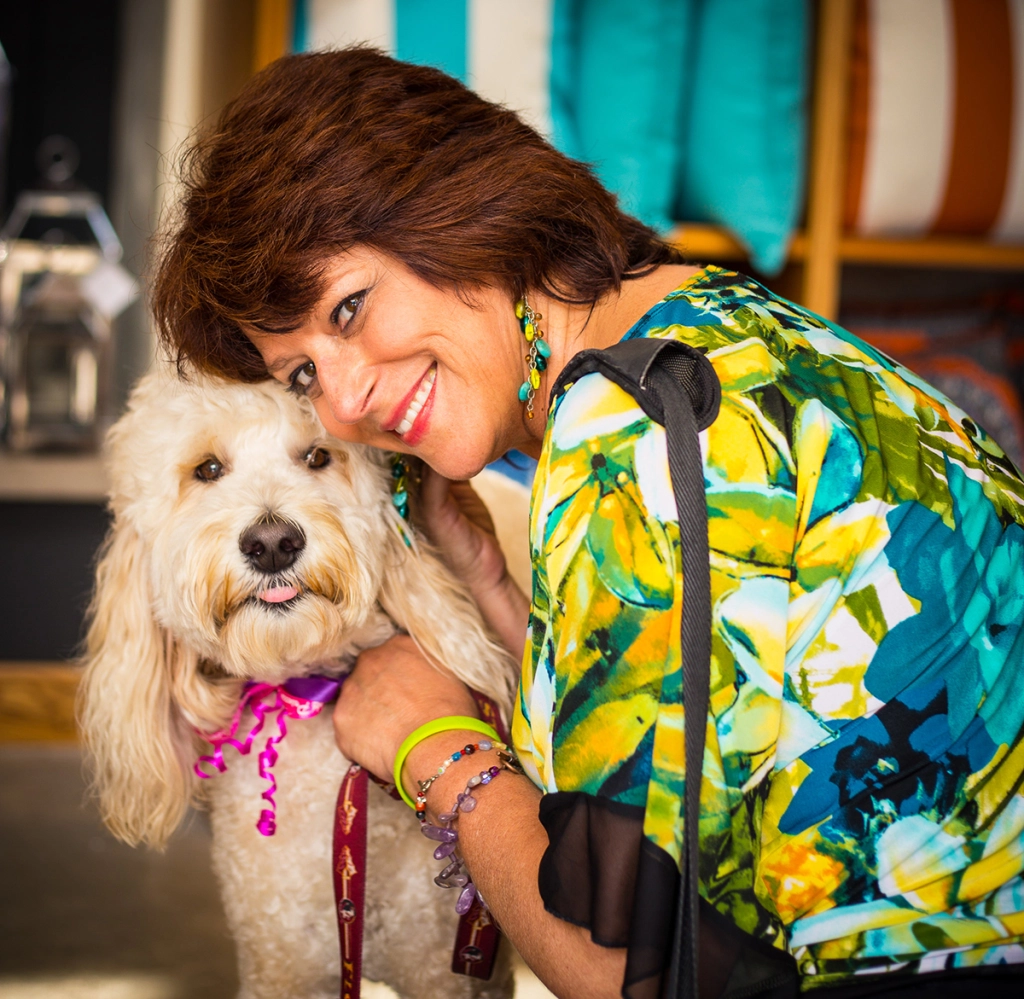
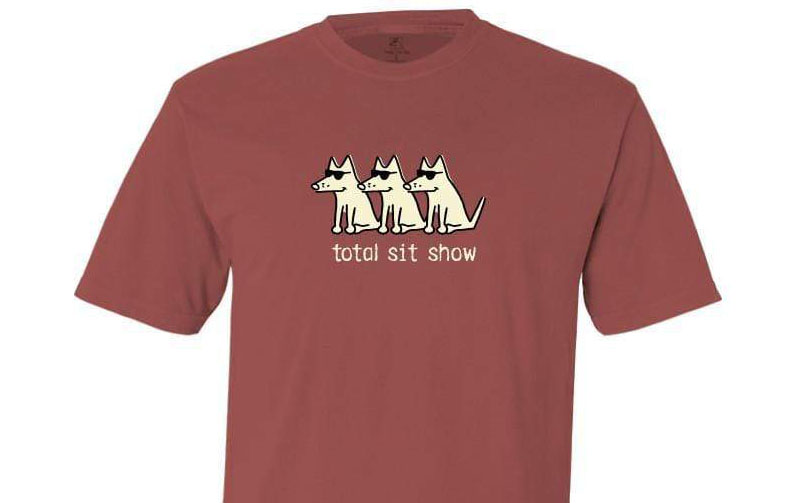
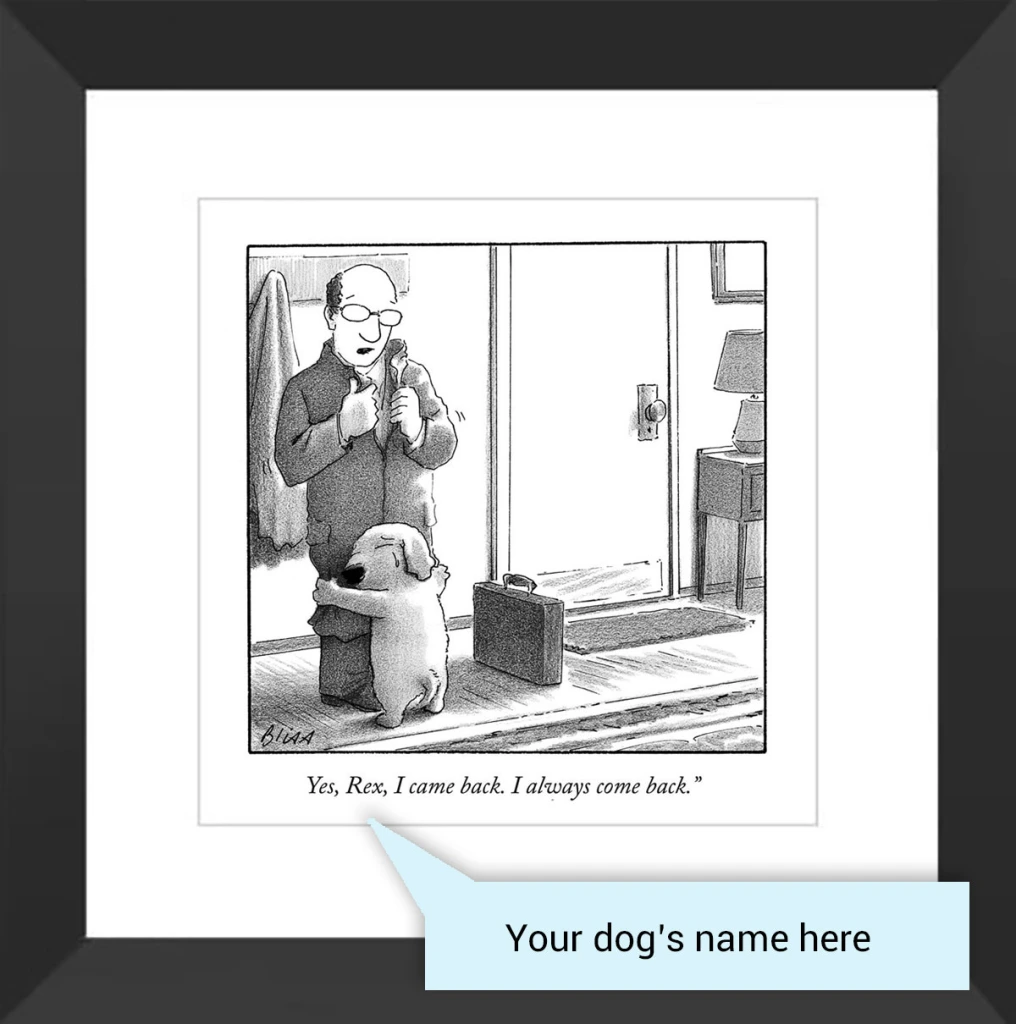
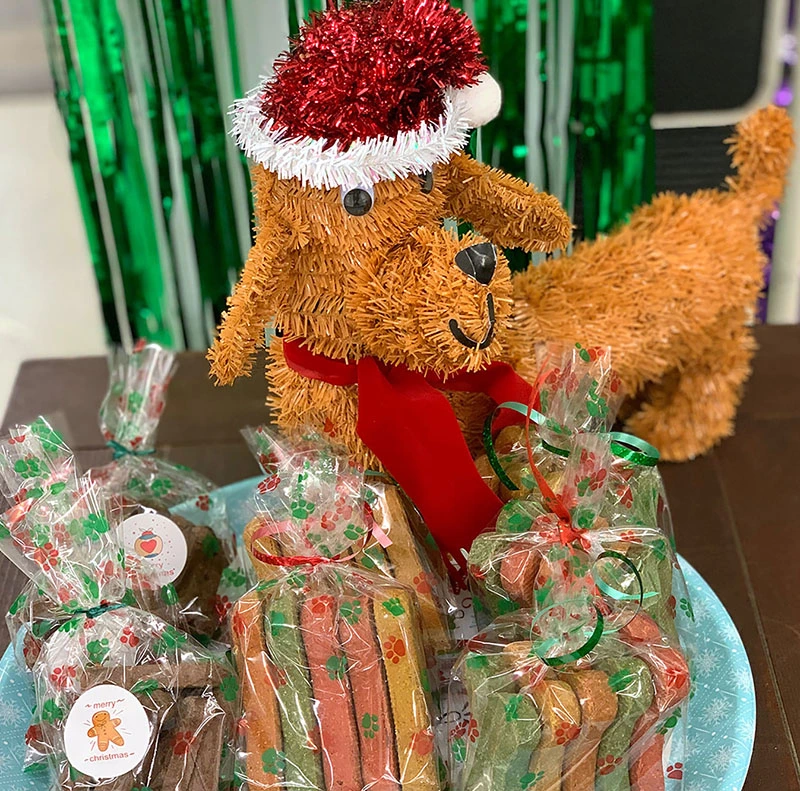
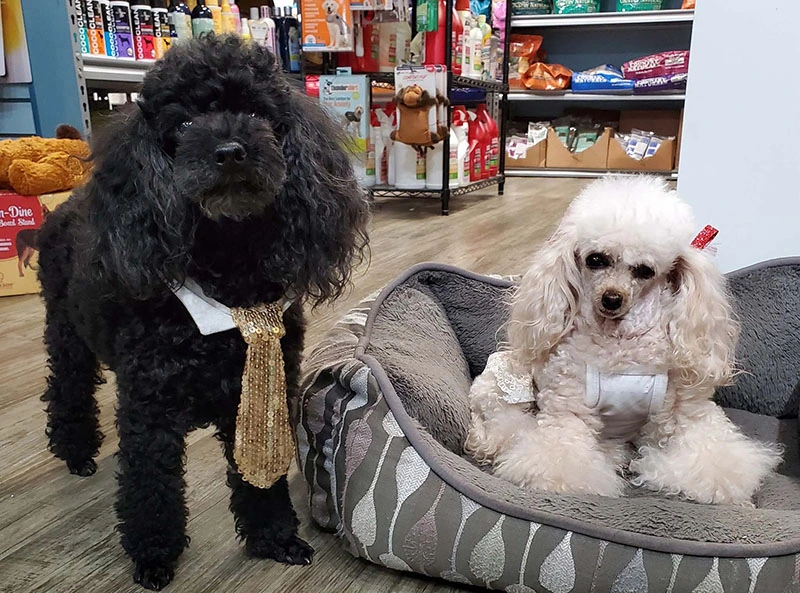
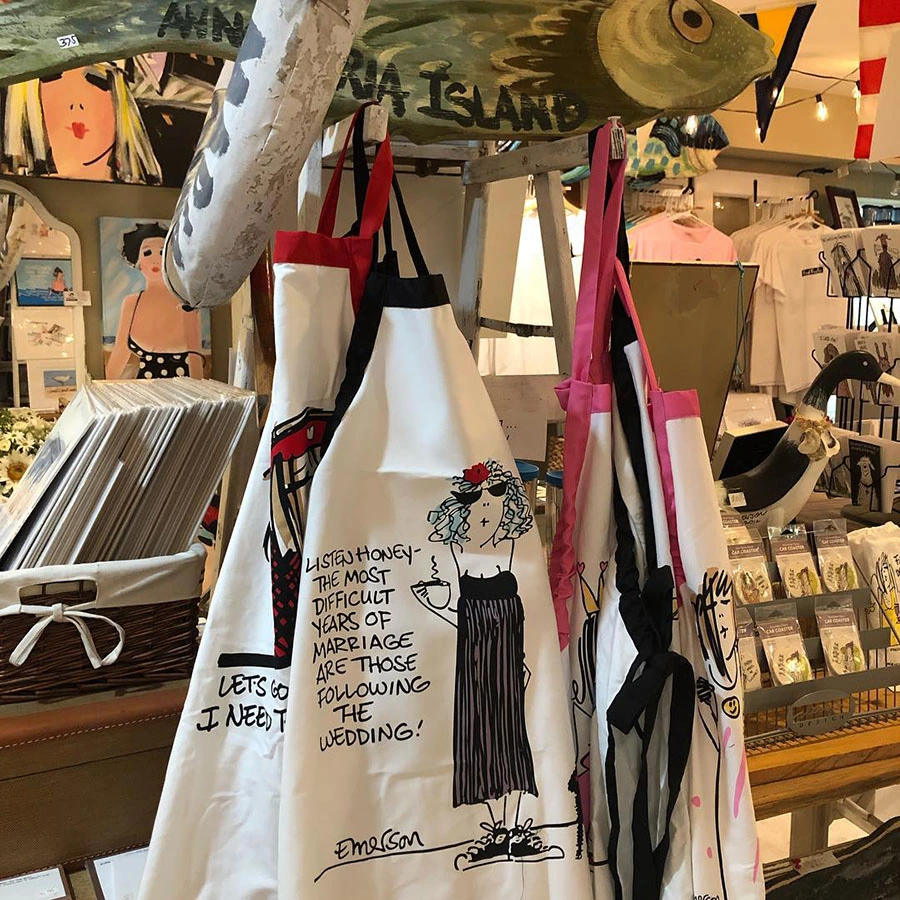
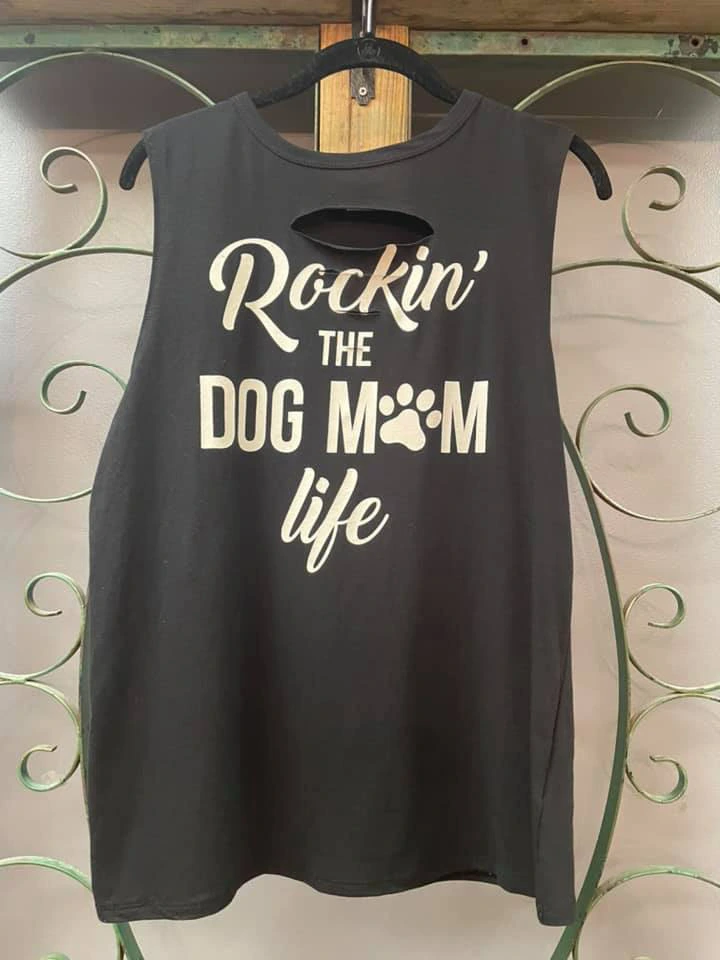
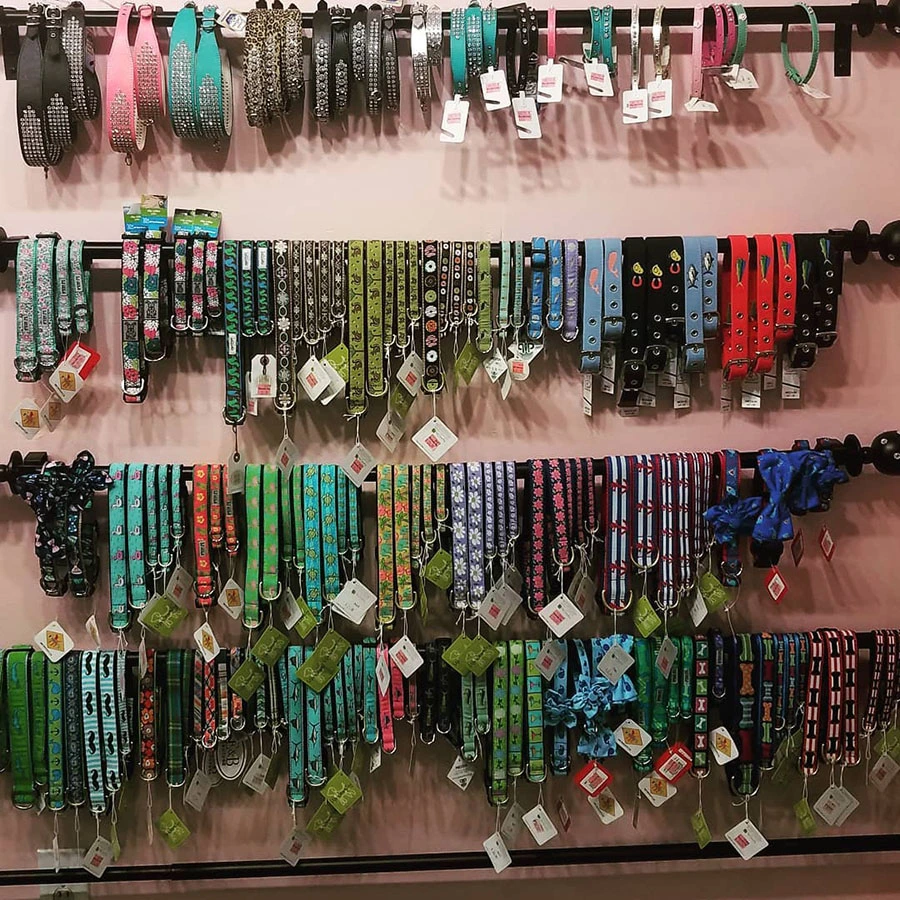
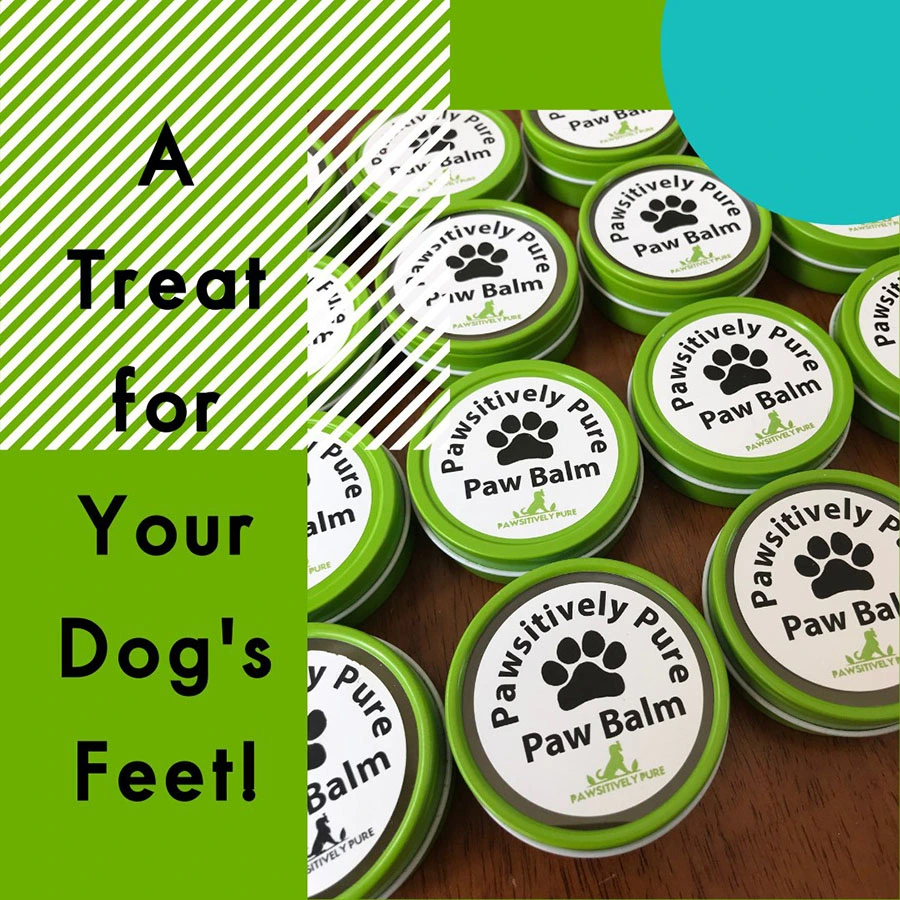
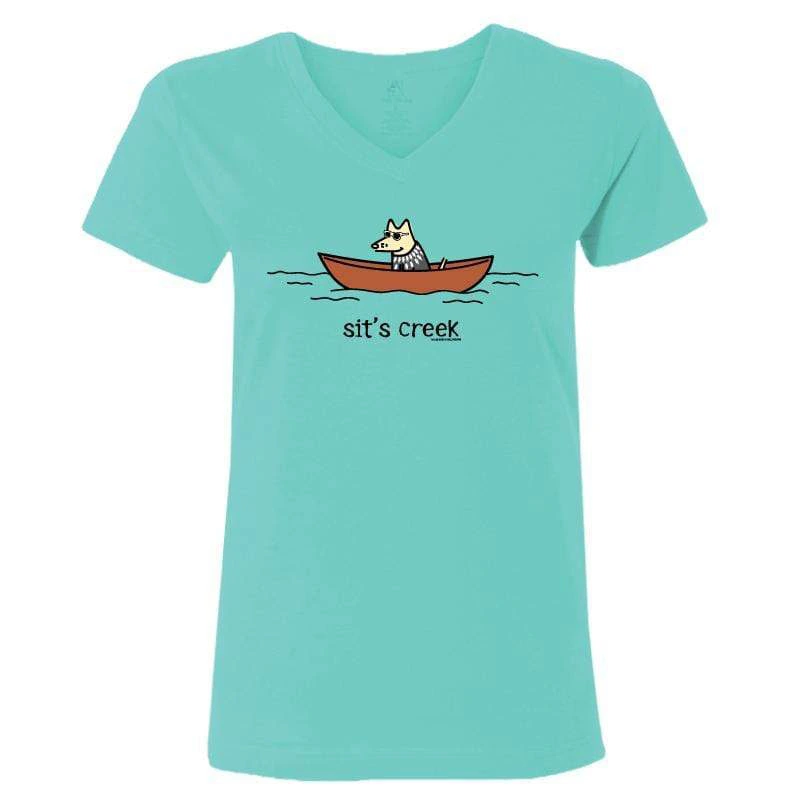

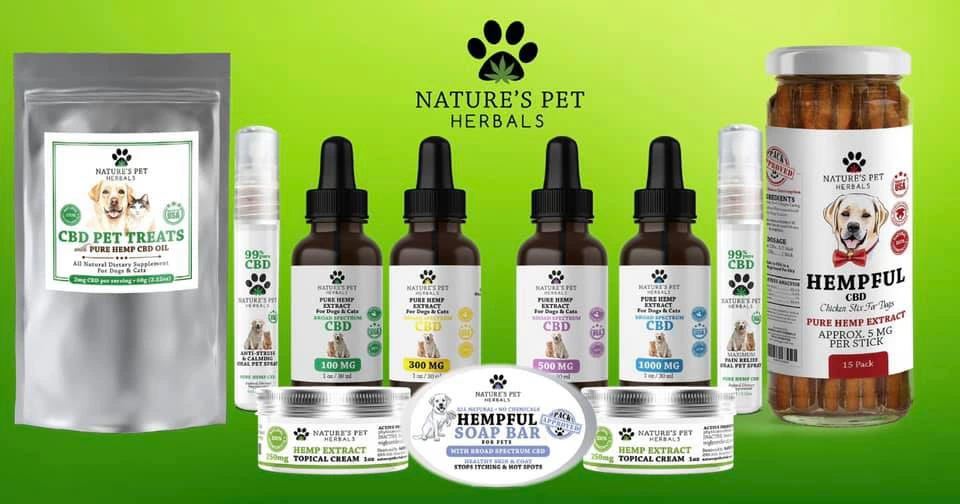
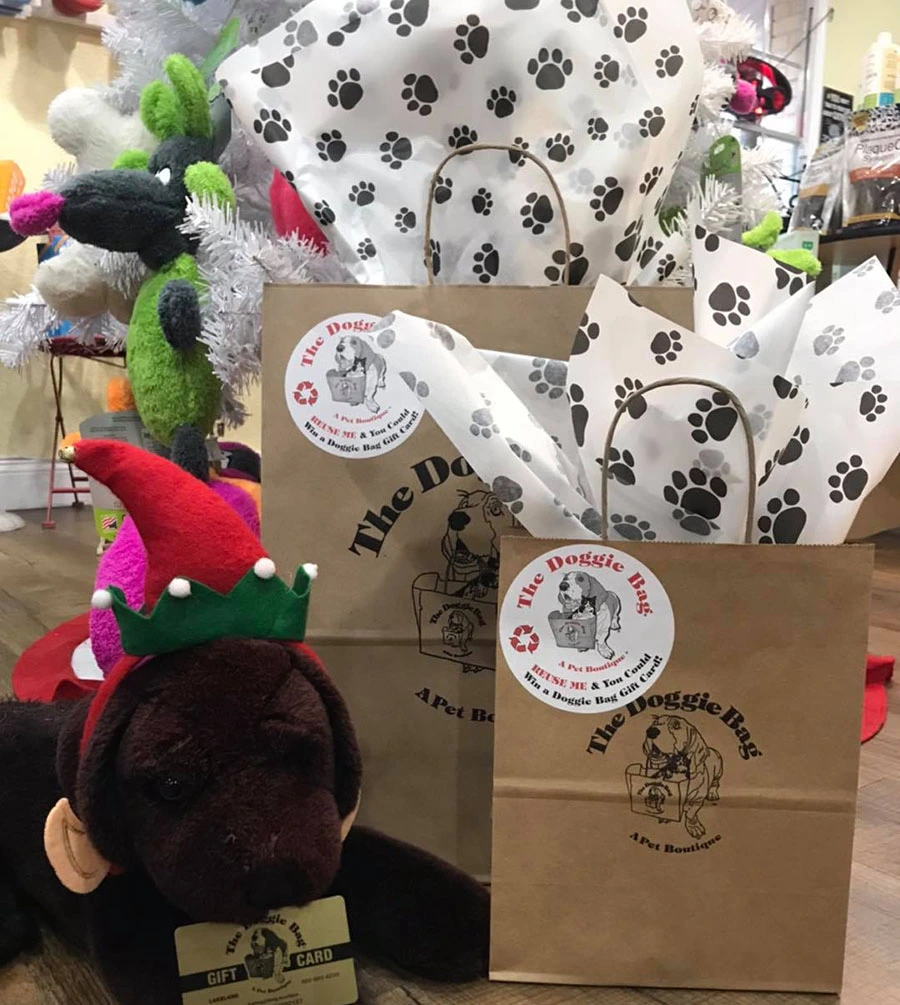
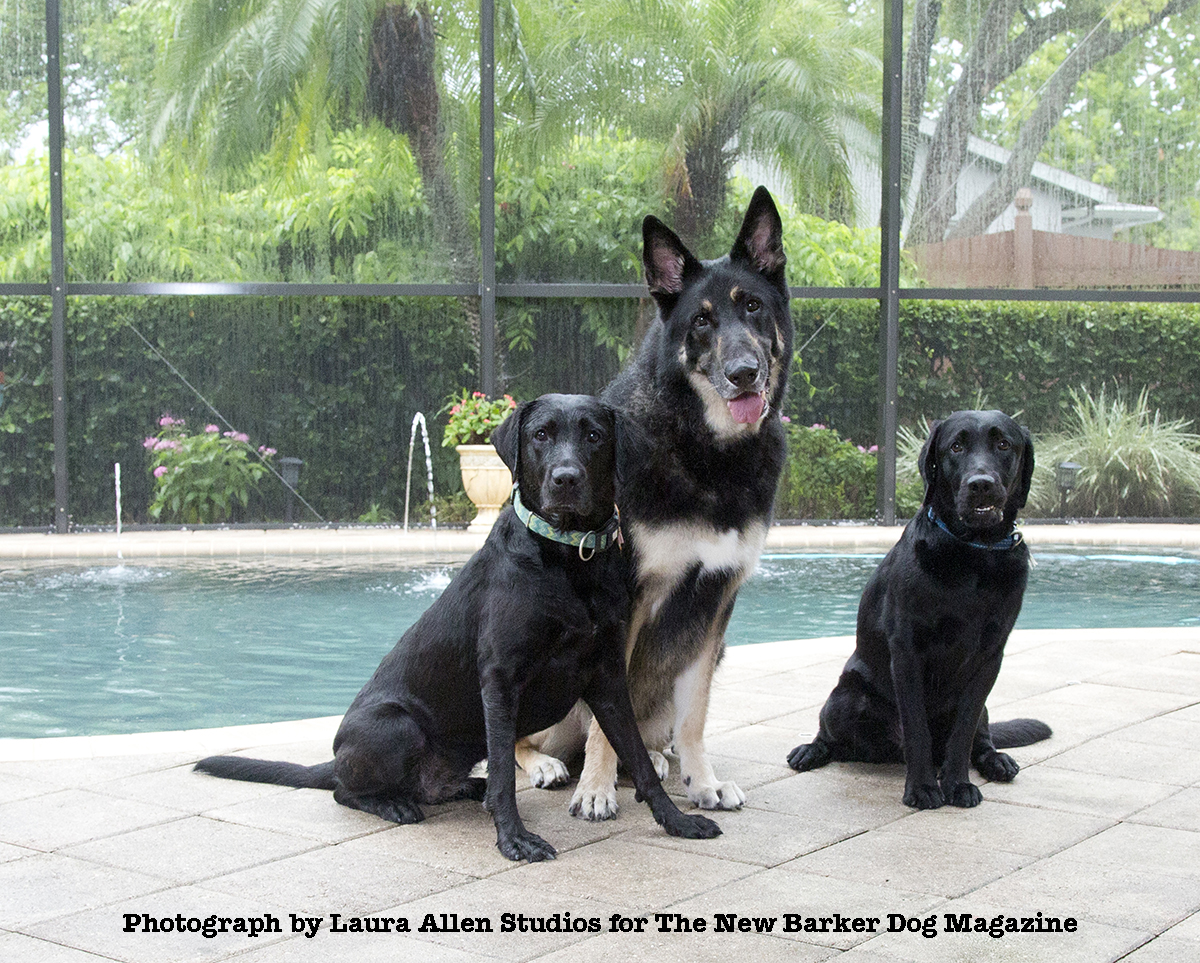
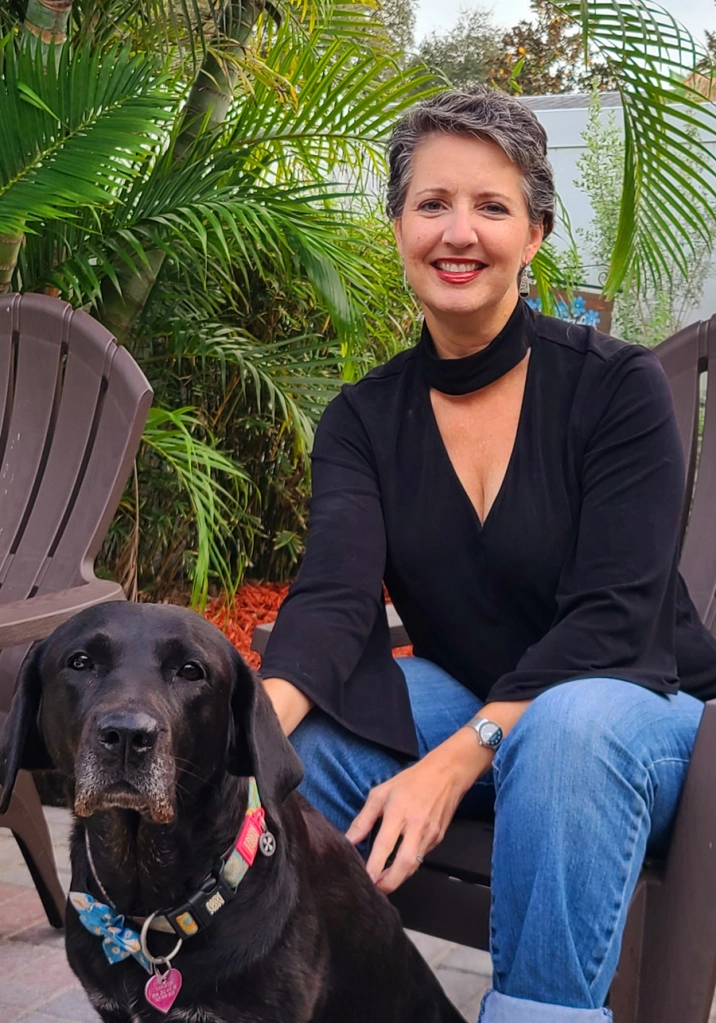
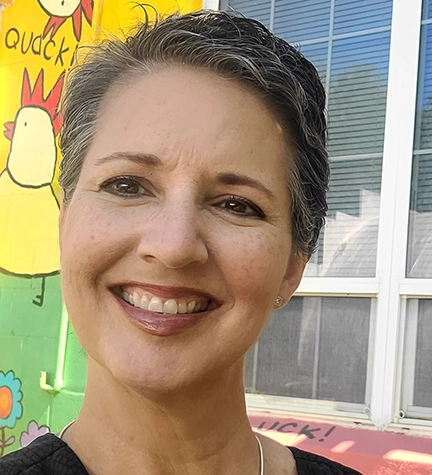






You must be logged in to post a comment.